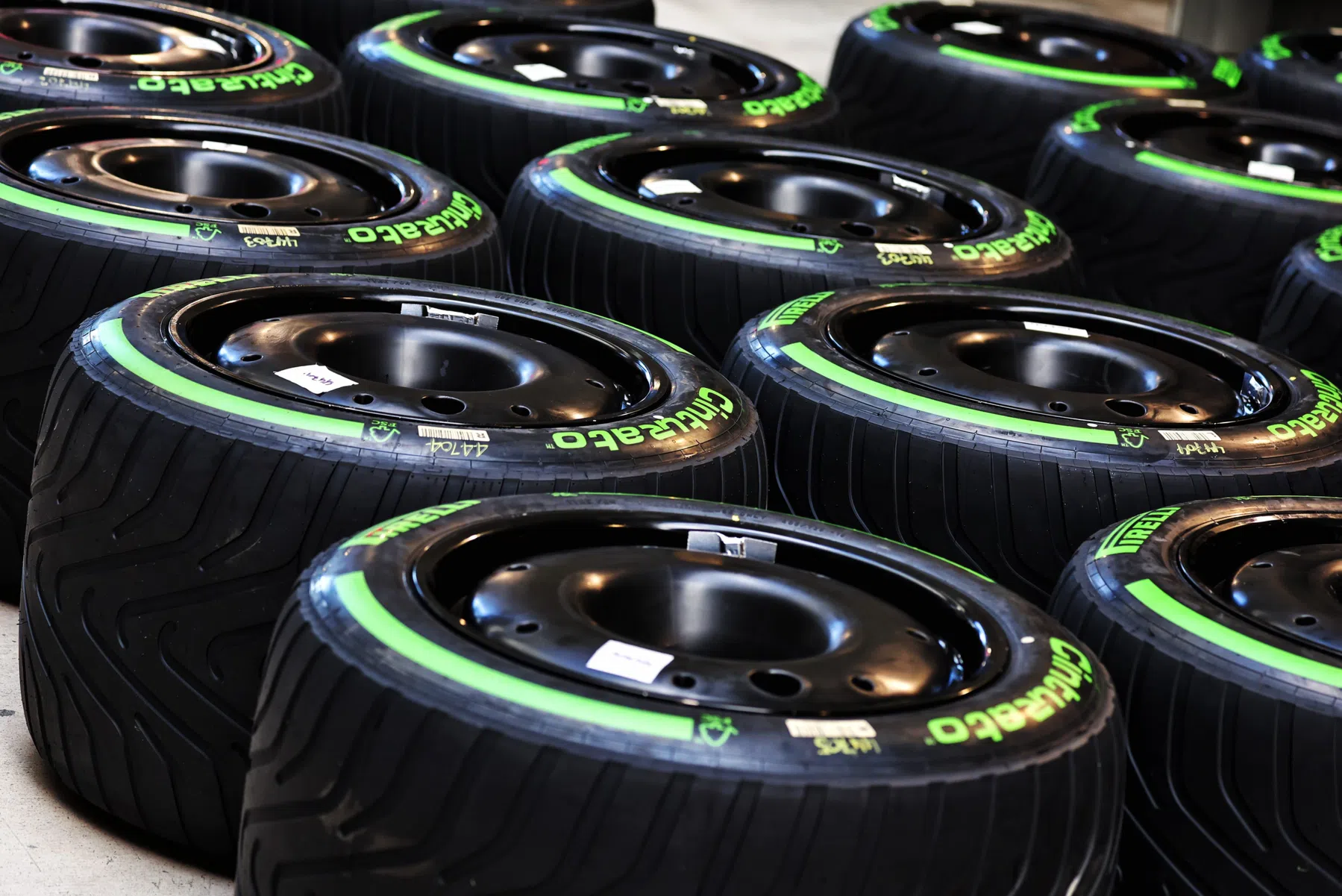Pirelli begins wet tyre test for 2025 at Paul Ricard
F1 News

Formula 1 tyre supplier Pirelli has begun testing its 2025 rain tyres. This test took place yesterday, and will continue today at the French circuit Paul Ricard.
A tyre test on French soil
Pirelli will test rain tyres in preporation for the 2025 season. They will do this over two days, yesterday (Tuesday 28th May) and today (Wednesday 29th May). Tuesday saw the slick tyres; soft, medium and hard. The intermediate and wet tyres will be tested on Wednesday. The circuit will be artificially wet, using sprinklers. Paul Ricard is one of the two circuits where this can be done. The Italian circuit Fiorano has the same feature.
Wet tyres are not often used during races. This is because the tyre can only be used when the weather is so bad that it actually becomes dangerous to drive. Still, the tyres are being tested. "We are testing both wet and intermediates, but the priority one is the wet. We would like to improve its performance. We know that at the moment the wet is suffering a little bit too much from overheating," chief engineer Simone Berra told motorsport.com. "In terms of performance it degrades quite quickly due to the blanket removal we did last year." Tyre blankets have not been used for wet tyres since 2023.
Intermediates are also under scrutiny. "We have a plan for the intermediates as well," Berra says. "Using new compounds, our target is to remove the blankets as well for the intermediates like we have done with the wet tyres."
When it comes to the slick tyres, the rubber will not be changed much. However, there are other ideas for the tyres. "More importantly, we will try to test C3, C4 and C5 as well at compound level. For the C5 I think it's the first time this season we are testing it. So, it will be interesting to see some results for the next-generation compound," says Berra. According to the engineer, it will be interesting to see what the results of the next generation will be.
This article was written in collaboration with Sophia Crothall.